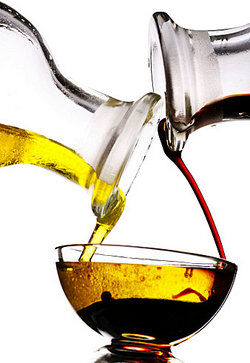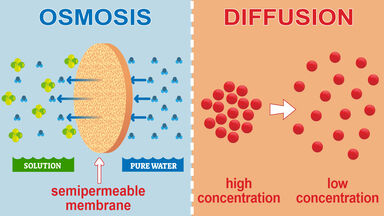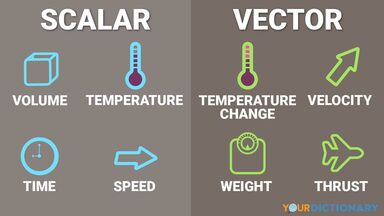Oettel, using a 20% solution of potassium chloride, obtained the best yield of hypochlorite with a high current-density, but as soon as II% of bleaching chlorine (as hypochlorite) was present, the formation of chlorate commenced.
With high current-density, heating the solution tended to increase the proportion of chlorate to hypochlorite, but as the proportion of water decomposed is then higher, the amount of chlorine produced must be less and the total chlorine efficiency lower.
He also traced a connexion between alkalinity, temperature and current-density, and showed that these conditions should be mutually adjusted.
A high current-density being employed, the turn-over of gold is rapid - an essential factor of success when the costliness of the metal is taken into account.
Goldstein 7 was able to show that an increase in the current density is capable of destroying the well-known spectra of the alkali metals, replacing them by quite a new set of lines.





